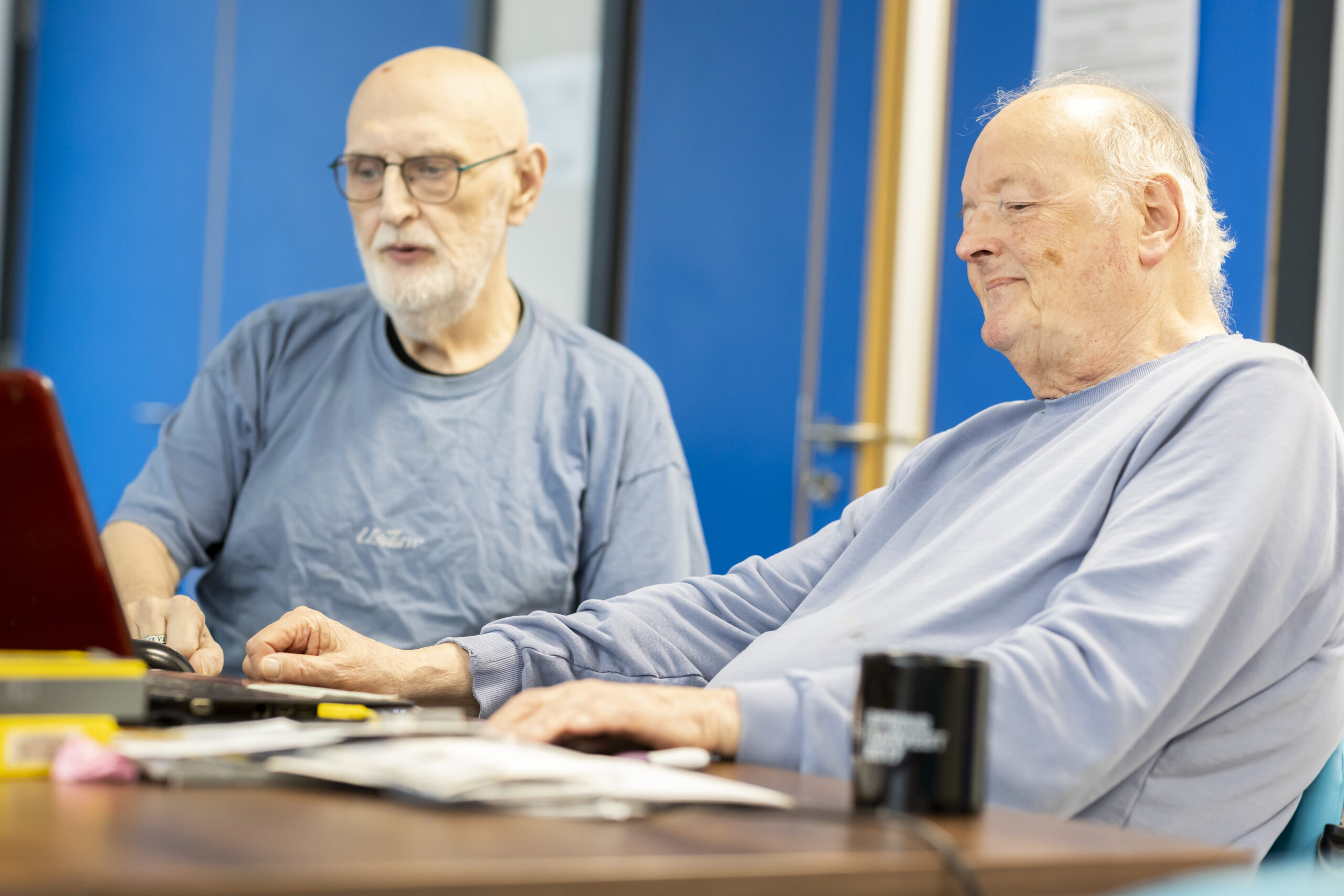
16 Mar Investing in digital skills in the Italian Pharaon pilot: “cascade training”
Pharaon is also a laboratory for training activities to grow digital skills, carried out continuously in Italy by the Tuscan and Apulian sites.
Investment in the growth of digital skills is fundamental to encourage the digitalisation of the healthcare sector and social services providers. The reduction of inequalities increasingly and largely depends on access to technology and the implementation of inclusive digital and social strategies. This implies the adoption of a multidimensional approach to address all different perspectives that can show an individual frailty (such as learning, employment, social relationships, health management). Despite some progress, Italy lags other European countries in terms of digital skills. 54% of the Italian population between 16 and 74 years old don’t have basic digital skills, a gap that is felt even more in the younger groups, where delay is marked more than European standards. Italy’s National Strategy for Digital Skills aims at overcoming the digital divide and promoting the improvement of digital skills. Furthermore, it’s clear that this type of intervention must be integrated into the healthcare system, as well as into the educational one, and adapted to the needs of different groups of people in order to not exacerbate existing inequalities.
In the Italian Pharaon pilot sites, the “cascade training” methodology is applied which takes place at a two levels: the first, from organizations to professionals; the second, from each of the formal caregiver to the users, older adults and family members involved. At the first level, the training content is mainly linked to the correct and aware use of the technologies used. We have now evidence that offering professionals opportunities to train and new skills and abilities is a necessary condition to ensure the peaceful transmission of competences and trust to end users. The role of professionals therefore becomes double: being users of the technology themselves, from one side, and being facilitators of the same technology for older adults and their caregivers, on the other side.
Photo taken from the Age-positive image library of the Centre for Ageing Better

